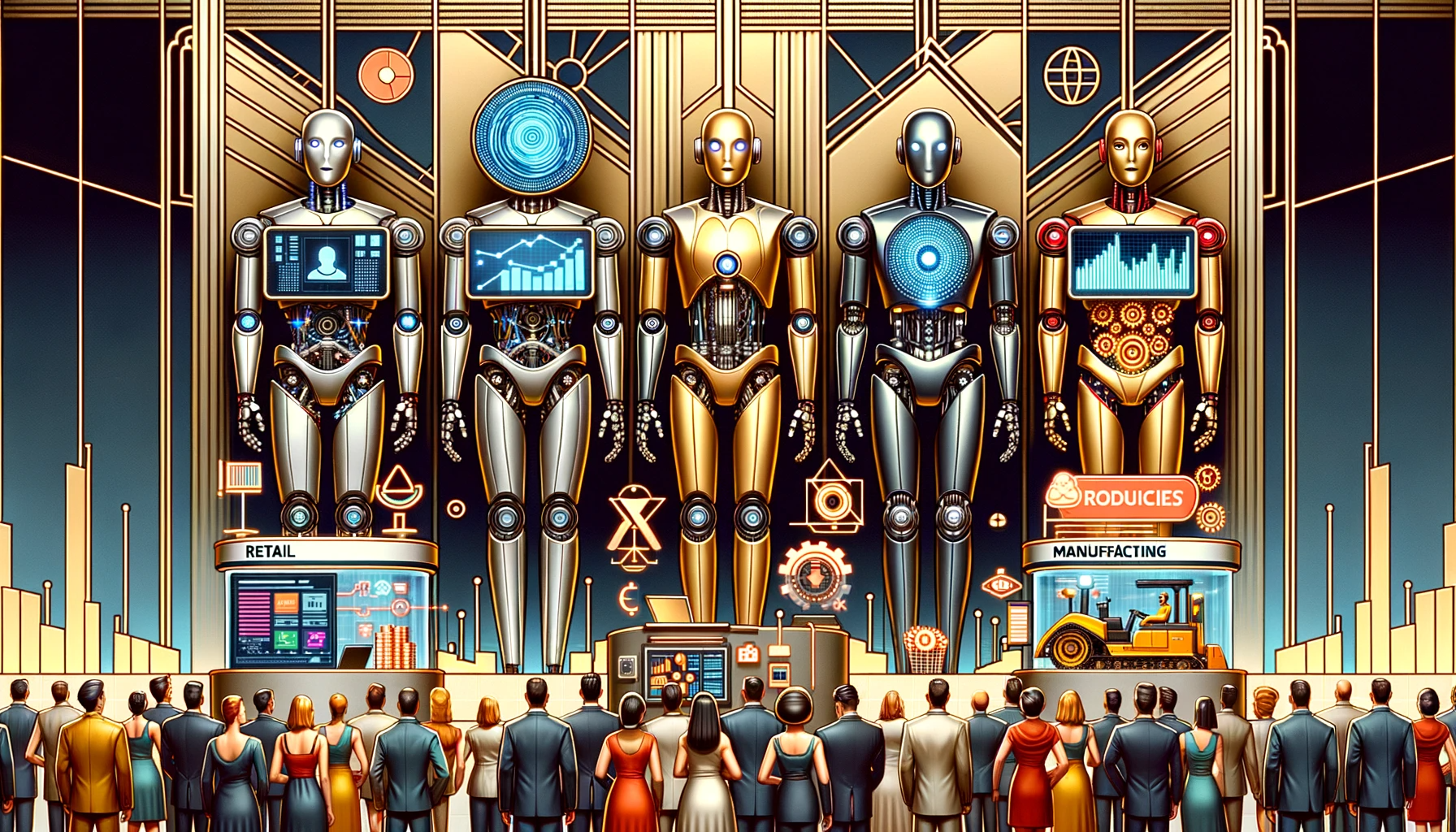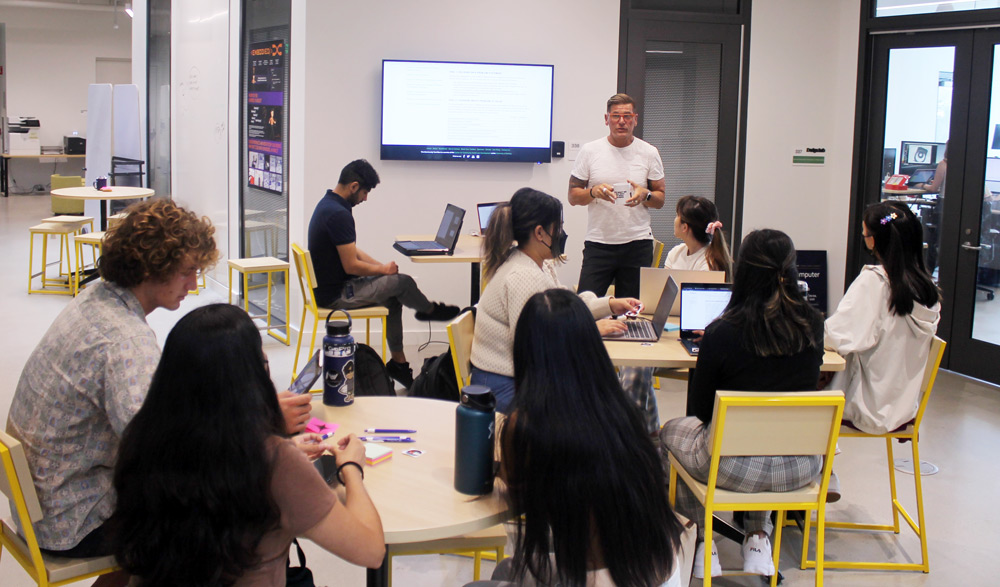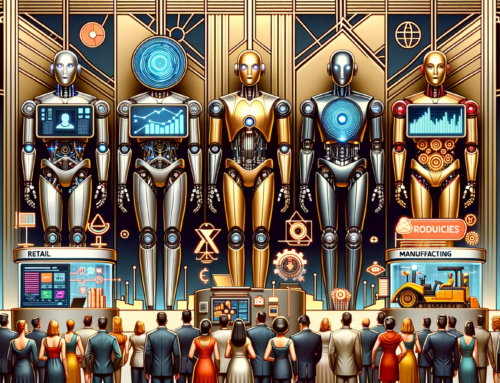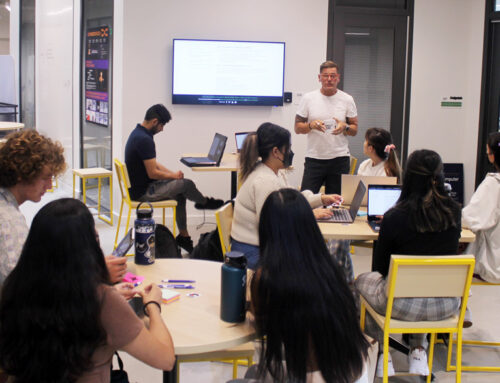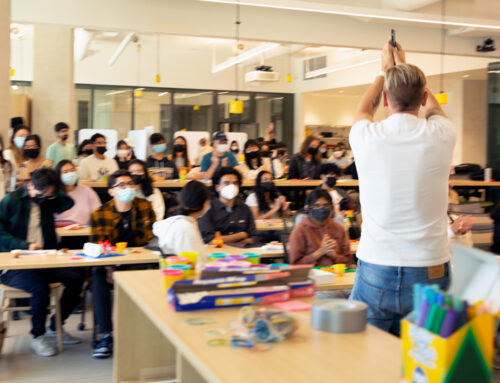Empathize: Developing an Emotional Connection
The Idea Guy • January 19, 2019
About Empathy
Empathy is the centerpiece of a human-centered design process. The Empathy stage is the work you do to understand people, within the context of your design challenge. It is your effort to understand the way they do things and why, their physical and emotional needs, how they think about world, and what is meaningful to them.
Definition: Developing an emotional connection to the people involved in the problem.
Definition: Developing an emotional connection to the people involved in the problem.
Meaning of Color
From my experience, we color code each of the 6 Design Thinking stages to differentiate, as well as clarify. After researching the meaning of color, I believe that the color yellow best represents the Empathy stage based on these definitions about the meaning of yellow:
- “ Yellow is the color of sunshine, hope, and happiness, happiness, positivity, clarity, energy, optimism, enlightenment, remembrance, intellect, honor, loyalty, and joy” ……. http://www.bourncreative.com/meaning-of-the-color-yellow/
- “In almost every culture yellow represents sunshine, happiness, and warmth.” …. https://www.colormatters.com/the-meanings-of-colors/yellow
- “ Yellow stimulates the logical side of the brain and mental clarity. It promotes wisdom and academic proficiency. It inspires original thinking and creative ideas.”……. http://www.empower-yourself-with-color-psychology.com/yellow-in-business.html
- “In the meaning of colors, yellow inspires original thought and inquisitiveness. Yellow is creative from a mental aspect, the color of new ideas, helping us to find new ways of doing things.” ……. http://www.empower-yourself-with-color-psychology.com/color-yellow.html
First, during this stage it is important that we approach our end user in a friendly and positive manner. In order to truly listen, observe, and understand what our user is thinking and feeling, we must exude a warm and inviting presence.
Second, the color yellow is a warm color, meaning that is has energy. During the Empathy stage, we are deferring judgment and are expanding our minds and generating a lot of information. This style of thinking requires a lot of energy! Therefore, the energetic and bubbly characteristics of the color yellow reflect this style of thinking perfectly.
Last, the color yellow is often related to new beginnings and innovation. For example, sunshine, eggs, and lightbulbs all resemble new life and new ideas.
Video: Stages of Empathy
Theory: Why Empathize?
As a design thinker, the problems you are trying to solve are rarely your own—they are those of a particular group of people we refer to as the “end users”. Hence, the people who will ultimately be using our solution. Therefore, as designers, the only way we can create innovative solutions to problems is if we place ourselves in our end users shoes. However, In order to truly empathize with our end users, we must put aside any preconceived ideas about what we think they are experiencing. Instead, we must start with a blank page and use a selection of Design thinking tools to help us create an unbiased conclusion. It is also important that we do not let our own cultures, opinions and prior knowledge hinder our ability to empathize with our end users. Listening is the key to success during the empathy stage, as we must attain as much information as we can in order to see through our user’s eyes and understand their needs and insights.
During the empathy stage, observing what people do and how they interact with their environment gives you clues about what they think and feel. It also helps you learn about what they need. By watching people, you can capture physical manifestations of their experiences – what they do and say. This will allow you to infer the intangible meaning of those experiences in order to uncover insights. These insights give you direction to create innovative solutions. The best solutions come out of the best insights into human behavior. But learning to recognize those insights is harder than you might think. Why? Because our minds automatically filter out a lot of information without our even realizing it. We need to learn to see things “with a fresh set of eyes,” and empathizing is what gives us those new eyes.
Engaging with people directly also reveals a tremendous amount about the way they think and the values they hold. Sometimes these thoughts and values are not obvious to the people who hold them, and a good conversation can surprise both the designer and the subject by the unanticipated insights that are revealed. The stories that people tell and the things that people say they do—even if they are different from what they actually do— and are strong indicators of deeply held beliefs about the way the world is. Good designs are built on a solid understanding of these beliefs and values.
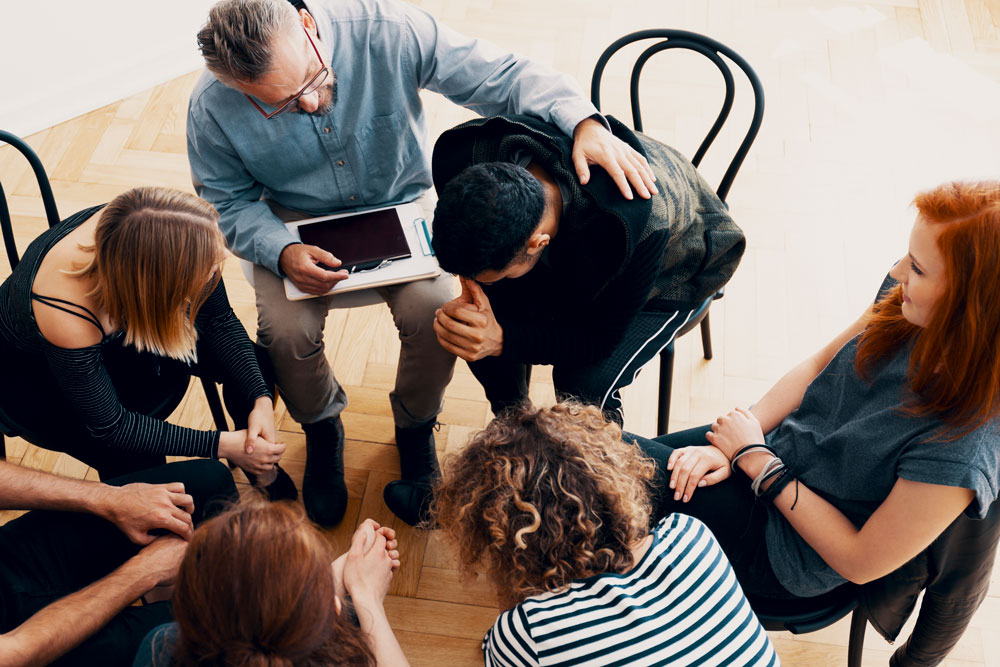
An Example of Empathy
Suppose that you were a student who just received your first failing grade on an assignment. Having never received a failing grade before, you are disappointed and surprised at your assessment. You wonder where you went wrong, and you start to feel depressed. You start blaming yourself and feel like you are a failure as a student. Your friends decide to take you out in order to cheer you up. Karen tells you how sorry she is that you failed your assignment. Karen is being sympathetic. Mike places his arm around your shoulder and says, ‘I know how you’re feeling. I failed a calculus assignment last semester. I know you must be disappointed and upset with yourself, but try to not be too harsh.’ Mike’s response is an example of empathy. Notice the difference between Karen and Mike.
Tools
Research | To gain an initial idea of the problem we are designing for, we first test our assumptions by researching them. Secondary research can be conducted either through books, through the internet or through accredited articles and journals. It is important that we generate as much research as possible. Research prompts could be related to the problem, solutions that already exist, or even information about the groups of people involved.
Observation | The observation tool is quite literally what it sounds like. In order to understand behavior, we can observe the way people interact with a product or the way they encounter a certain situation. Observing what people do and how they interact with their environment gives you clues about what they think and feel. It also helps you learn about what they need. By watching people, you can capture physical manifestations of their experiences – what they do and say. This will allow you to infer the intangible meaning of those experiences in order to uncover insights. These insights give you direction to create innovative solutions. The best solutions come out of the best insights into human behavior. But learning to recognize those insights is harder than you might think. Why? Because our minds automatically filter out a lot of information without our even realizing it. We need to learn to see things “with a fresh set of eyes,” and empathizing is what gives us those new eyes.
Engagement | This tool is arguably the most crucial tool in the Empathy stage. TALKING TO PEOPLE! It may seem simple, but this is how we will gain superior insight into people’s needs and wants. By conducting interviews, focus groups or even simply just having a casual conversation with the people we are designing for, we can gain a better understanding into what they are experiencing. This will enable us to generate better solutions to fix their problems. Engaging with people directly reveals a tremendous amount about the way they think and the values they hold. Sometimes these thoughts and values are not obvious to the people who hold them, and a good conversation can surprise both the designer and the subject by the unanticipated insights that are revealed. The stories that people tell and the things that people say they do—even if they are different from what they actually do—are strong indicators of their deeply held beliefs about the way the world is.
Ethnography | This tool allows us to truly empathize with our users by seeing things from their point of view. One way to do this is by role playing. In order to role play, we must literally put ourselves in our user’s shoes and go through what they are going through. For example, if we are working on creating a better student experience at the SDSU library, we must physically go to the library and take note of all of the things we experience. Another way to apply ethnography is by creating an empathy map. This documents what the end user is seeing, thinking, feeling, doing, saying, hearing and what pains and gains they have. Once again, the ethnography tool really focusses on understanding the user’s experience by seeing things from their point of view


